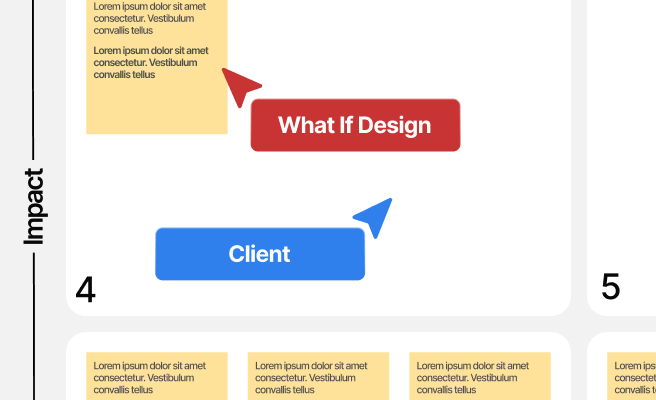Think-Aloud Protocol
<p>Think-Aloud Protocol is a qualitative research method used primarily in usability testing and cognitive psychology. It involves participants verbalizing their thought processes while performing a task, allowing researchers to gain insights into their cognitive processes. This technique is crucial in understanding user behavior, identifying design flaws, and improving user experience.</p>
<p>Historically, the Think-Aloud Protocol has been used in various fields such as psychology, education, and human-computer interaction. Its relevance in product design, especially in climate tech, cannot be overstated as it helps design teams create more intuitive and user-friendly interfaces.</p>
<p>Think-Aloud Protocols offer several benefits, including:</p>
<ul>
<li>Providing real-time feedback on user interactions.</li>
<li>Highlighting areas where users face difficulties.</li>
<li>Uncovering user expectations and mental models.</li>
</ul>
<p>For example, a climate tech company developing a carbon tracking app could use the Think-Aloud Protocol during user testing to understand how users navigate the app and where they encounter challenges. This feedback can then be used to refine the design, making it more accessible and effective for users, thus enhancing the product's overall impact.</p>
<p>Implementing Think-Aloud Protocol involves several steps:</p>
<h2>Planning the Study</h2>
<p>Define the goals and objectives clearly. Determine what tasks users will perform and what you aim to learn from their feedback. For instance, if you are testing a new feature in a green manufacturing software, specify the tasks related to that feature.</p>
<h2>Recruiting Participants</h2>
<p>Select participants who represent your target audience. For climate tech solutions, this might include sustainability consultants, product managers, or end-users who are passionate about environmental issues.</p>
<h2>Conducting the Sessions</h2>
<p>During the session, instruct participants to verbalize their thoughts as they complete the tasks. Use prompts sparingly to maintain the natural flow of their thought process. Record the sessions for detailed analysis later. Tools like <a href="https://www.usertesting.com" style="color: #2896FF; text-decoration: underline;">UserTesting</a> can facilitate this process.</p>
<h2>Analyzing Data</h2>
<p>Review the recordings to identify patterns and insights. Look for common pain points, misunderstandings, and opportunities for improvement. For example, if multiple users struggle with a particular navigation element, it might indicate a need for redesign.</p>
<h2>Applying Insights</h2>
<p>Use the insights gained to inform design decisions. This could involve making changes to the user interface, adding help features, or simplifying steps in a process. The ultimate goal is to enhance user satisfaction and efficiency.</p>
<p>While the Think-Aloud Protocol is highly effective, it also has some challenges. Participants might feel self-conscious or alter their behavior due to the presence of a researcher. To mitigate this, create a comfortable environment and reassure participants that there are no right or wrong answers.</p>
<p>In conclusion, the Think-Aloud Protocol is a valuable tool in the arsenal of product designers, especially for those in the climate tech sector. By understanding users' thought processes, designers can create products that are not only functional but also intuitive and enjoyable to use. For more insights on improving user experience, explore our comprehensive <a href="https://www.nngroup.com/articles/think-aloud-tests" style="color: #2896FF; text-decoration: underline;">guide on Think-Aloud Testing</a>.</p> <p>We’re using the power of design to increase the adoption of climate technologies and innovation. View our work in climate to know more on how we can support your vision. <a href="https://www.whatifdesign.co/climate" style="color:#2896FF; text-decoration:underline;">View our climate projects</a>.</p> <p>Increase user engagement that converts your demos into sales. Optimise your UX strategies with our audits.
<p>Fill out the <a href="https://tally.so/r/n97pxQ" style="color:#2896FF; text-decoration:underline;">UX Audit form</a> to get started. Ready to discuss your needs? <a href="https://cal.com/akhilak/what-if-design?duration=25" style="color:#2896FF; text-decoration:underline;">Book a consultation call</a> with us today.</p></p>

Let's scale your impact with great design.
Free consultation, no sales pitch
Thank you! Your submission has been received!
Oops! Something went wrong while submitting the form.
Let’s talk
Nothing great is built alone.
Let’s connect about your vision, our work and how we can collaborate.
Get in touch

